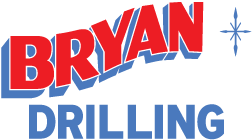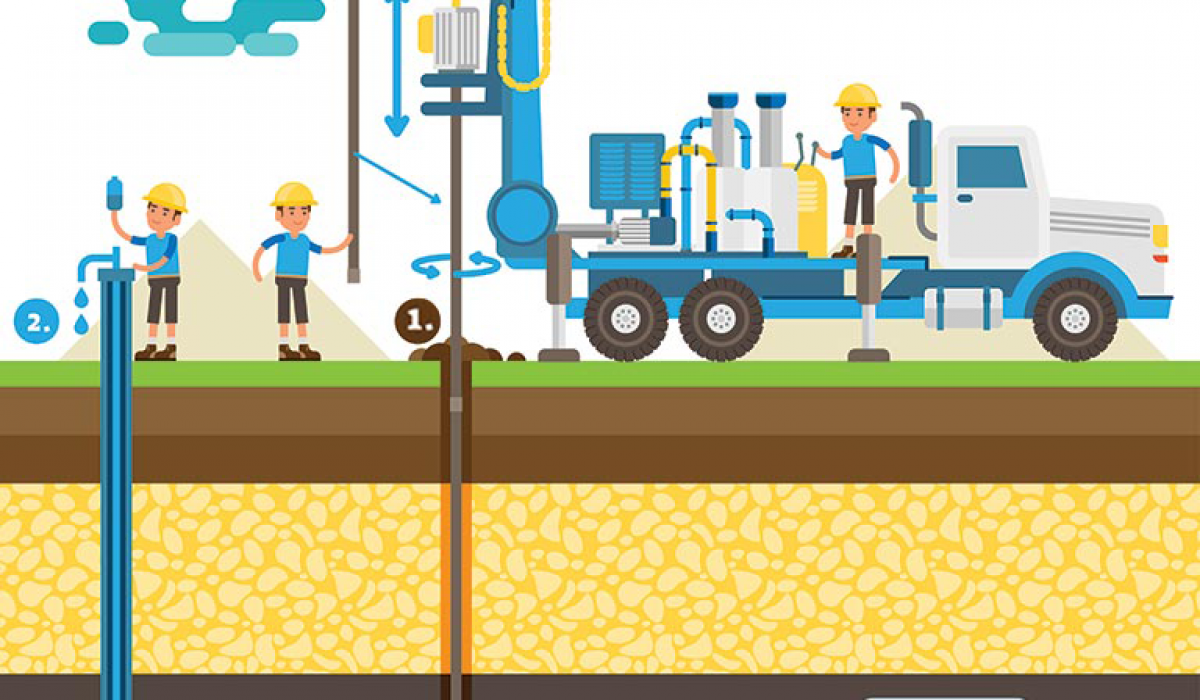Well drilling is the process of creating wells to reach underground water supplies. These wells can be drilled using different methods and equipment, though drillers often use a hydraulic drill to dig down to a specific water table. The type of well that needs to be created will depend on what you need from the water—for drinking, irrigation, or another purpose. Before drilling a new well, it’s essential to know what type of well you require, how deep you need the well to go, and other factors that might impact your decision. Let’s take a look at what you need to know about well drilling before starting this process.
What to Know Before Drilling a New Well
The first and most important thing to know about well drilling is that it is not a DIY project. Drilling a well involves using heavy machinery and specialized techniques that may be dangerous for untrained people. If you’re considering drilling a new well for your home, you’ll need to hire a professional well-drilling company to do the work for you. A few other things you need to know before drilling a new well include:
- Well-drilling companies will visit your property to survey the land and determine the best location to drill the well. They will also help with other essential factors when drilling a new well, like the depth of the water table and how you will use the water from the well.
- When drilling a new well, you need to know how deep you need the well and the diameter of the well you need.
- You’ll also need to know what kind of soil you’re drilling into, as this will affect how easily the drill can go through the ground and how quickly the drill can reach the water table.
- You’ll want to find out whether there are underground utilities, such as gas or power lines, in the area where you want to drill the well.
How to Know Which Type of Well to Drill
You’ll first need to decide what type of well you want to drill—or if you even need to drill a new well. There are three main types of wells: dug wells, drilled wells, and bored wells. There are some critical differences between these types. Dug wells are created by digging a hole in the ground, which may be deeper than what you’d need for a drilled well. Drilled wells are created by drilling a hole through the ground until you hit the water, which is likely to be much shallower than a bored well. Drilled wells are often used for residential water, including drinking water, irrigation, and livestock. A bored well uses a particular machine to drill a long, narrow hole through the ground, usually for water needed for a larger area or for industrial purposes.
How Deep Should You Drill?
This will depend on your needs and the soil type where you’re drilling the well. For example, if you’re drilling for a water well for irrigation purposes, you’ll need to go much deeper than drilling for a drinking well. Drinking water wells are typically drilled between 80 and 100 feet deep, while irrigation wells may only need to go down 40 or 50 feet. If you’re drilling for a water well used for a household, you can usually find the depth of water needed at your local government office. You can also use charts or graphs to help estimate how deep you need to drill.
Drilling Equipment and Techniques
Before you begin drilling a well, you’ll need to decide how you will drill the well. This will depend on your budget and the type of soil you’re drilling through. Look at some of the leading well drilling equipment and techniques used.
- Auger Drilling – This is the most common type of drilling used, particularly for water wells. It uses a rotating shaft that has teeth to dig through the ground.
- Cable Drilling – This type of drilling uses a cable reel pulled through the ground by a truck.
- Chemical Drilling – This makes the ground easier to drill through.
- Pneumatic Drilling – uses compressed air and special drilling equipment to dig through the ground.
- Percussion Drilling – This uses a hammer or similar tool to create vibrations in the ground.
- Rotary Drilling – This uses a particular bit that turns as the drill goes through the ground.
Finding the Water Table
Once you’ve dug the well, you’ll need to find the water table. The water table is the level below which there is no groundwater. To find the water table, you’ll need to lower a small device known as a piezometer into the well. The device will become filled with water as it reaches the water table. This will let you know the exact level of the water table.
When Should You Not Drill?
There are a few situations where you should not drill a new well. For example, if you have a large amount of water flowing into your property, it may come from an underground spring, not a groundwater source. If you have a spring, you should not drill a new well as it would disrupt the water flow. Drilling a well in a drought-hit area may also not be a good idea as you may damage the water table and make it harder for other people in the area to access groundwater. Drilling a new well in an area with a high water table may also not be a good idea, as the water in the ground may be too salty for your needs.
Conclusion
Well drilling is a process that requires specialized equipment and expertise. Before drilling a new well, you’ll need to decide which type of well you want, how deep you need the well to be, and what equipment will be used. You’ll also need to know what the water table is at the location of the well. Well drilling is not a project that should be attempted by beginners. Drilling a well requires specialized equipment and expertise to do the job correctly and safely.

